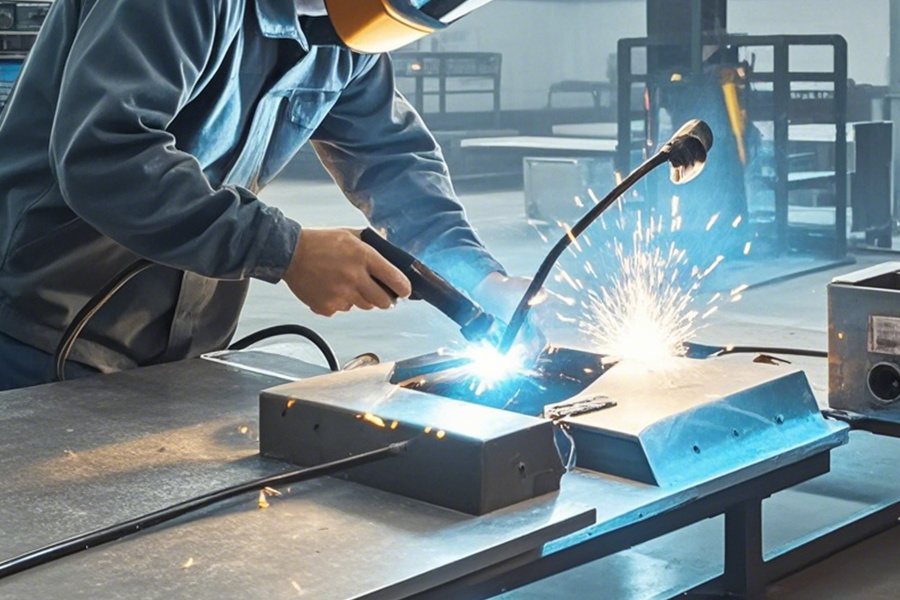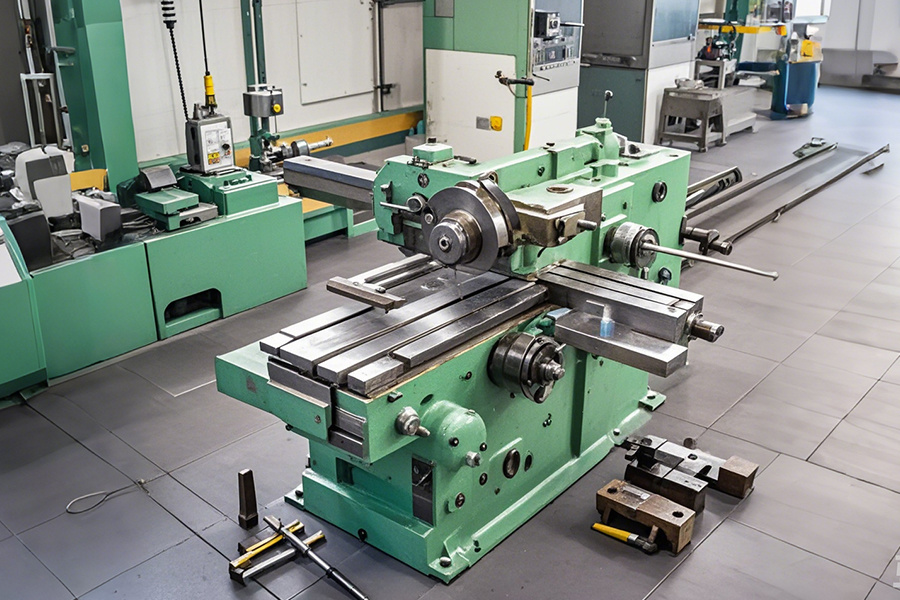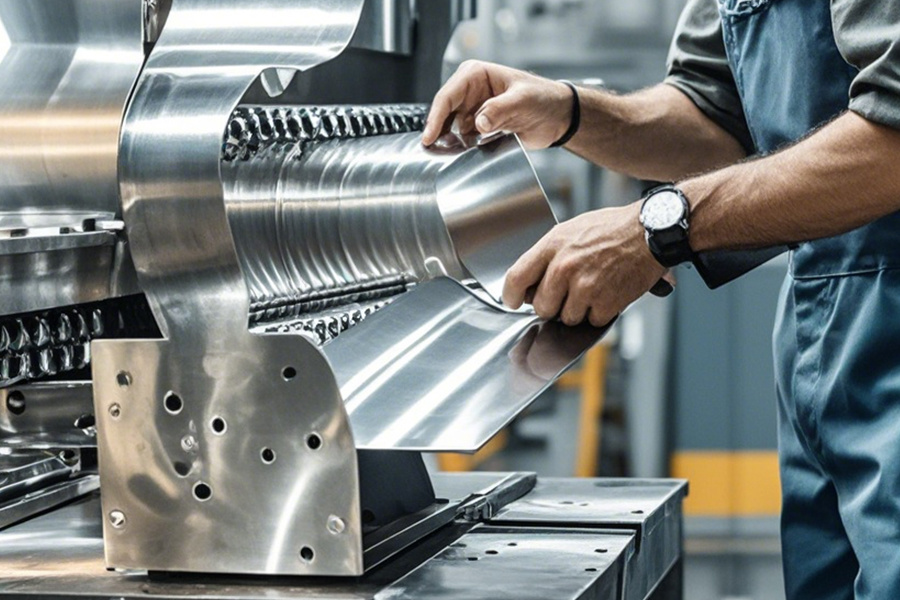Drilling processing: small holes also have great attention
Release time:
2024-11-15
Science drilling processing in the small hole processing, covering the automotive, food, stage lighting and other fields, to show its exquisite skills.
In the field of modern machining, drilling is a common and important machining method. Especially when it comes to small hole processing, it has a lot of attention. From the automotive sector to the food industry to stage lighting, drilling plays an integral role.
Drilling is a mechanical processing method that uses a drill bit to drill a hole in the workpiece. The drill is usually made of high-speed steel, carbide and other materials, through rotation and feed motion, cutting the required holes in the workpiece.
Drilling can produce holes of various shapes and sizes, from small diameter microholes to larger diameter holes. In digital control machining, drilling machining can achieve high precision and high efficiency processing to meet the needs of different industries.
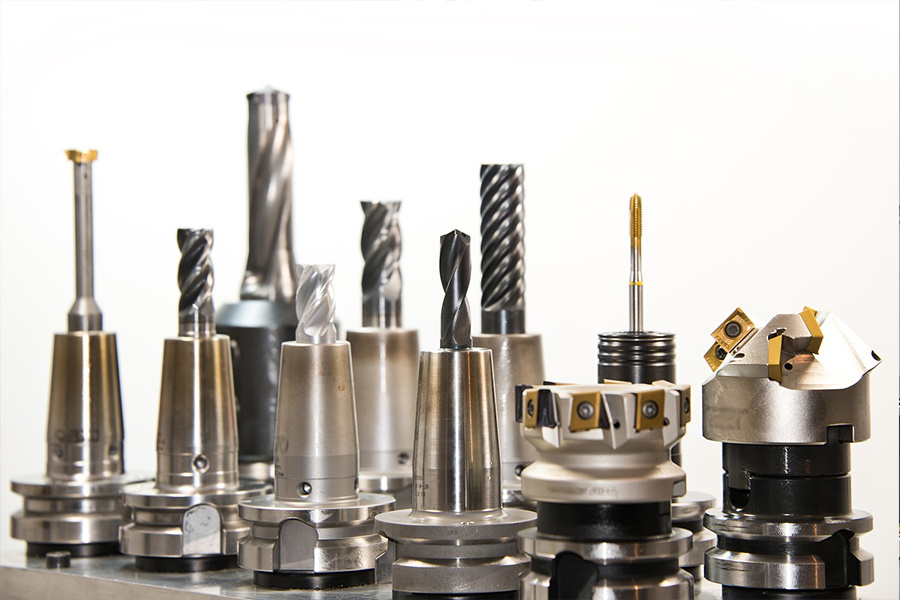
Characteristics of small hole drilling processing
1. High precision requirements
The requirement of precision for small hole drilling is very high. Due to the small diameter of the hole, any small error can have a significant impact on the performance of the workpiece.
In the automotive field, the engine nozzle, piston cooling nozzle and other components need to be drilled for small holes. The diameter of these holes is usually a few millimeters or smaller, and their accuracy directly affects the performance and fuel efficiency of the engine. For example, if the size of the nozzle hole is not accurate, it will lead to uneven fuel injection, affecting the combustion efficiency and power output of the engine.
2. Small cutting force
In the process of small hole drilling, the cutting force is relatively small due to the small diameter of the bit. This makes the deformation of the workpiece in the processing process less, but at the same time, it also puts higher requirements on the processing equipment and technology.
In the food industry, some small hole parts of food processing equipment need to be drilled and processed with high precision. For example, the diameter of the nozzle hole of the beverage filling equipment is usually small, and the cutting force is small to avoid damage to the equipment, but also to ensure the accuracy and hygiene requirements of the filling.
3. Chip removal is difficult
Small hole drilling processing, due to the small diameter of the hole, chip removal space is limited, easy to lead to chip blockage, affect the processing quality and efficiency.
In the field of stage lighting, the heat dissipation and installation holes of some lighting equipment need to be drilled for small holes. Due to the difficulty of chip removal, special drill bits and processing techniques are required to ensure that chips can be smoothly discharged and avoid affecting the performance of the lighting equipment.
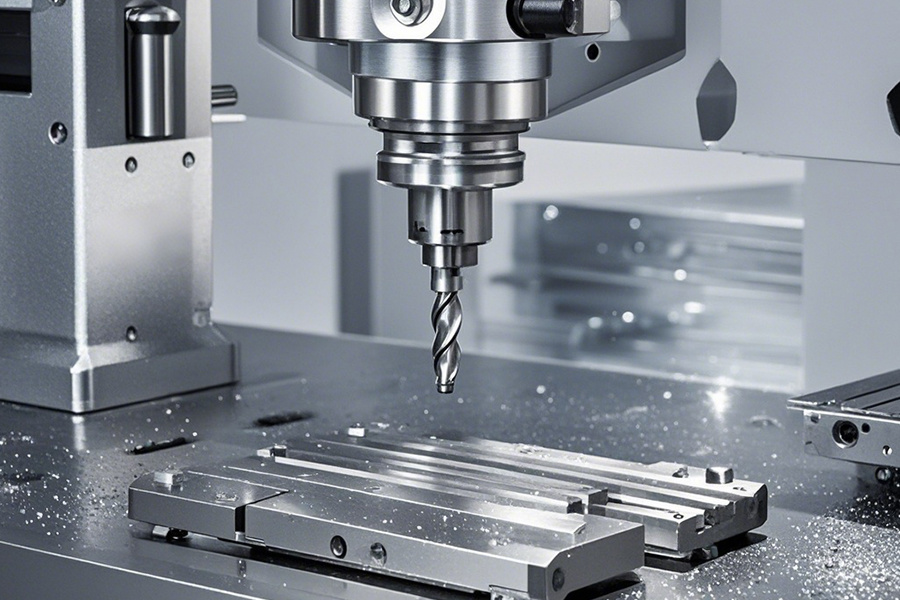
Key technical points of small hole drilling processing
1. Select the right drill bit
For small hole drilling, choosing the right bit is very important. The material, shape, size and other factors of the drill will affect the processing quality and efficiency.
In the automotive field, different types of drill bits need to be selected for different materials and processing requirements. For example, for the small hole processing of high-strength steel materials, it is necessary to choose cemented carbide bits to improve the wear resistance and cutting performance of the bit. At the same time, the dimensional accuracy of the drill also needs to be strictly controlled to ensure that the dimensional accuracy of the hole meets the requirements.
2. Control cutting parameters
The selection of cutting parameters has an important effect on the quality and efficiency of small hole drilling. Parameters such as cutting speed, feed rate and cutting depth need to be adjusted reasonably according to workpiece material, drill type and machining requirements.
In the food industry, in order to ensure the hygiene requirements of processing, the selection of cutting parameters needs to be more careful. Too high cutting speed may lead to chip splashing, contaminating food; Too low feed rate will affect the processing efficiency. Therefore, it is necessary to optimize and adjust according to the specific situation to achieve the best processing effect.
3. Solve the chip removal problem
As mentioned earlier, chip removal is a difficult problem in small hole drilling. In order to solve this problem, methods such as high-pressure coolant and vacuum suction can be used to promote the discharge of chips.
In the field of stage lighting, in order to ensure the performance and appearance quality of lighting equipment, effective chip removal measures need to be adopted. For example, high-pressure coolant can be used during machining to flush chips out of the hole, as well as to cool and lubricate the bit.
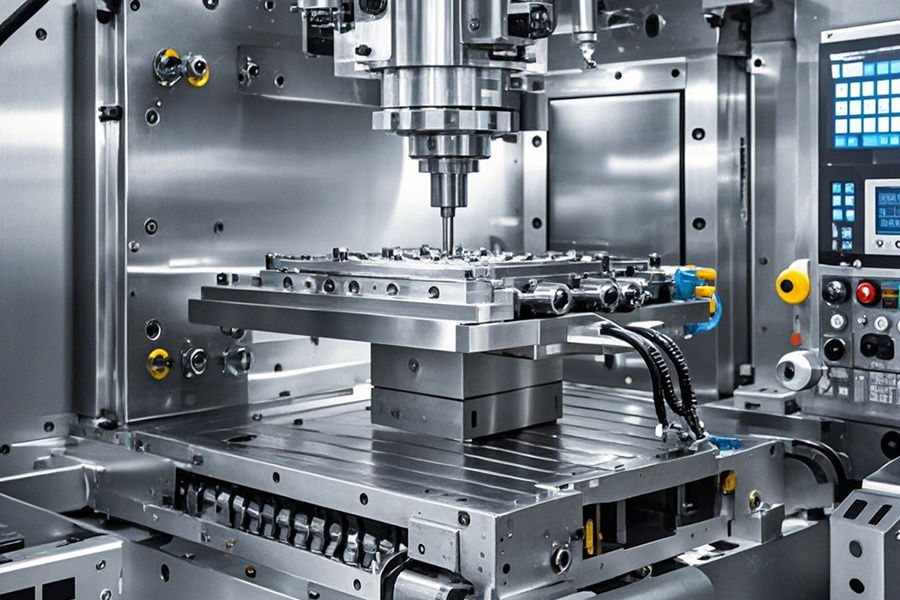
As an important part of mechanical digital control machining, drilling has unique technical requirements and application value in small hole machining. From the automotive sector to the food industry to stage lighting, small hole drilling plays an important role. By selecting the right bit, controlling the cutting parameters, solving the chip removal problem and other technical points, high precision and high efficiency of small hole drilling can be achieved to meet the needs of different industries.
Key Words




